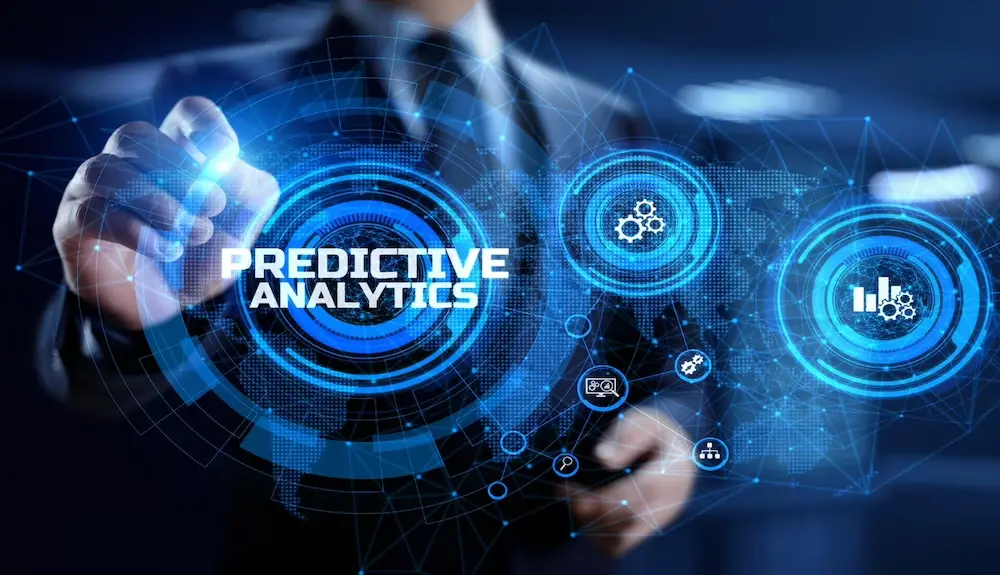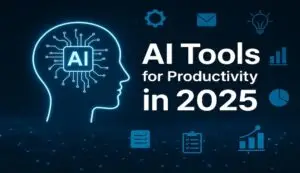Over the course of my career, I’ve watched business decision-making transform from instinct-driven guesswork to a science powered by data. At the heart of this revolution is predictive analytics — a discipline that’s fundamentally changing how organizations operate, compete, and grow. The ability to anticipate trends, mitigate risks, and seize opportunities before they materialize is no longer a luxury; it’s a necessity for survival in today’s volatile markets.
Let’s explore how predictive analytics is reshaping the business landscape, the practical benefits it delivers, the challenges to overcome, and the best practices for ensuring your organization is future-ready.
From Hindsight to Foresight: The Predictive Analytics Paradigm
Traditional business decisions relied heavily on historical reports and intuition. Predictive analytics flips this model on its head by using advanced algorithms, statistical models, and machine learning to forecast future outcomes. Rather than asking, “What happened?” leaders now ask, “What’s likely to happen next, and how should we respond?” This shift from hindsight to foresight enables organizations to act proactively rather than reactively, fundamentally changing the speed and quality of decision-making.
Predictive analytics draws on diverse data sources—enterprise databases, IoT sensors, social media, and more—to uncover patterns, detect trends, and generate actionable insights. The result? Businesses can anticipate customer needs, optimize operations, and manage risks with unprecedented accuracy.
Real-World Impact: Case Studies Across Industries
Predictive analytics is not a theoretical exercise; its impact is visible across sectors:
- Healthcare: The National University Health System (NUHS) in Singapore used predictive analytics to optimize hospital flow and diagnostic screening. By leveraging real-time data, they improved resource allocation and patient care, achieving new levels of efficiency and responsiveness.
- Retail: Walmart employs predictive models to forecast product demand at each location, considering purchasing patterns, seasonal trends, and local events. This approach significantly reduces overstock and stockouts, resulting in higher sales and improved customer satisfaction.
- Finance: PayPal uses predictive analytics to analyze transactions in real time, flagging potential fraud before it occurs. This proactive approach saves millions and maintains user trust.
- Manufacturing: Global manufacturers use predictive analytics to anticipate equipment failures and optimize supply chains, reducing downtime and improving supplier relationships.
- Entertainment: Netflix’s recommendation engine, built on predictive analytics, analyzes viewing behavior to suggest content, driving engagement and retention.
Key Benefits: Why Predictive Analytics Matters
- Smarter, Faster Decisions: Predictive analytics empowers leaders to make informed choices quickly. With real-time insights, businesses can seize opportunities and address threats before they escalate, maintaining a competitive edge in fast-paced markets.
- Risk Mitigation and Prevention: From fraud detection in banking to predicting customer churn in e-commerce, predictive models identify warning signs early, enabling teams to intervene and prevent costly problems.
- Operational Efficiency and Cost Control: By forecasting demand, optimizing inventory, and streamlining staffing, companies reduce waste and avoid costly overproduction or understaffing. This leads to significant cost savings and smoother operations.
- Personalized Customer Experiences: Predictive analytics enables hyper-personalized marketing and service. Amazon, for example, uses it to recommend products, while Netflix curates content for individual viewers. These tailored experiences drive loyalty and increase conversion rates.
- Strategic Planning and Forecasting: Organizations use predictive analytics to model industry trends, competitor movements, and future product demand. This foresight supports long-term strategy, product development, and market entry decisions.
- Alignment and Collaboration: By providing a single source of truth, predictive analytics aligns sales, marketing, operations, and HR teams around shared forecasts, improving coordination and reducing planning errors.
- Competitive Advantage: Early adoption of predictive analytics allows companies to spot trends and pivot faster than competitors, securing a stronger market position.
How Predictive Analytics Works: The Process
- Define the Business Problem: Success starts with clarity. Identify the decision or challenge predictive analytics will support.
- Gather and Clean Data: Data quality is paramount. Remove inconsistencies, fill gaps, and standardize formats to ensure reliable inputs.
- Build and Test Models: Develop statistical or machine learning models tailored to the problem. Split data into training, validation, and test sets to avoid overfitting.
- Deploy and Monitor: Roll out the models and integrate them into business processes. Continuously monitor performance and recalibrate as needed to maintain accuracy.
- Act on Insights: Translate predictions into concrete actions—adjust inventory, launch targeted campaigns, or initiate maintenance before breakdowns occur.
Best Practices for Success
- Start with Clear Objectives: Ensure predictive analytics initiatives are tied directly to business goals and stakeholder needs.
- Prioritize Data Quality: Invest in data cleansing, integration, and governance to lay a solid foundation for modeling.
- Pilot Before Scaling: Test models in controlled environments to validate assumptions and refine approaches before organization-wide rollout.
- Foster Collaboration: Bridge gaps between data teams and business units to ensure models address real-world challenges and are user-friendly.
- Build Feedback Loops: Regularly update models with new data and user feedback to keep predictions relevant as conditions change.
- Emphasize Actionability: Ensure outputs are interpretable and actionable for non-technical stakeholders, driving adoption and impact.
- Invest in Talent and Tools: Equip teams with modern analytics platforms and upskill staff to maximize the value of predictive analytics.
Overcoming Challenges
While the promise of predictive analytics is compelling, there are hurdles:
- Data Silos and Quality Issues: Disparate, unstructured, or incomplete data can undermine model accuracy. Organizations must standardize data collection and invest in integration.
- Stakeholder Alignment: Projects can stall if business leaders and data teams aren’t aligned on priorities and outcomes.
- User Adoption: If insights aren’t accessible or actionable, end users may resist adoption. Prioritize user-friendly dashboards and clear communication.
- Model Maintenance: Predictive models require ongoing updates to remain relevant as business environments evolve.
- Ethical and Privacy Concerns: Especially in customer-facing applications, balancing personalization with data privacy is critical.
Predictive Analytics in Action
| Industry | Use Case | Business Impact | Challenges |
| Retail | Inventory optimization (Walmart) | Reduced overstock/stockouts, higher sales, happier customers | Seasonal trends, data integration |
| Finance | Fraud detection (PayPal) | Millions saved, increased trust | Real-time analysis, privacy |
| Healthcare | Patient flow management (NUHS) | Improved efficiency, better patient care | Data privacy, integration |
| Manufacturing | Predictive maintenance | Less downtime, lower costs | Sensor data quality, complexity |
| Entertainment | Content recommendations (Netflix) | Higher engagement, customer retention | Data diversity, relevance |
| E-commerce | Customer churn prediction | Increased retention, higher lifetime value | Data privacy, model accuracy |
The Feedback Loop: From Prediction to Continuous Improvement
A crucial, often overlooked, element of predictive analytics is the feedback loop. As models generate predictions and those predictions drive business actions, it’s essential to measure outcomes and feed this real-world data back into the models. This continuous cycle ensures that predictive analytics adapts to changing conditions, improves in accuracy, and remains relevant as business needs evolve.
For example, a global manufacturer using predictive analytics to optimize supply chains regularly reviews model performance against actual delivery outcomes. Discrepancies trigger model recalibration, ensuring ongoing alignment with operational realities. This approach turns predictive analytics from a static tool into a dynamic driver of continuous improvement.
The Important Question for Decision-Makers
If your organization’s most critical decision had to be made tomorrow, would you trust your intuition — or your predictive analytics models — to guide the way?
If your business is investing in clean, integrated data, aligning analytics with strategy, building robust feedback loops, and empowering teams to act on insights, you’re leading with foresight. If not, you risk being outpaced by competitors who are already using predictive analytics to shape the future rather than react to it.
Final Thought
In today’s data-driven world, the ability to predict — and act on — what’s next is no longer optional. It’s the new standard for strategic decision-making and sustainable growth.




